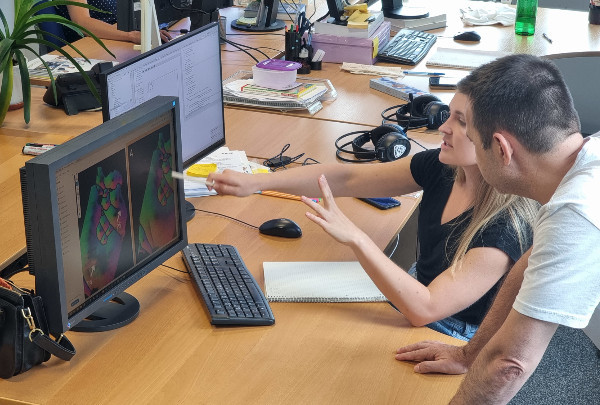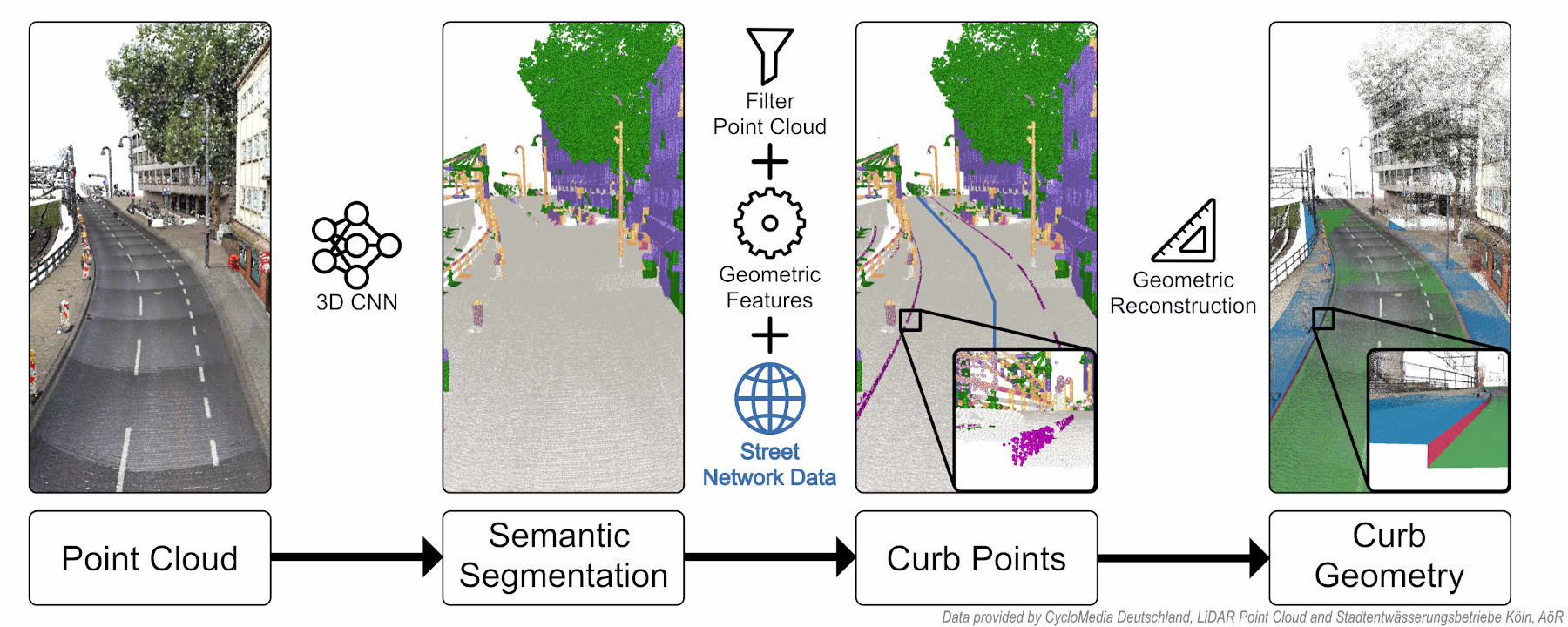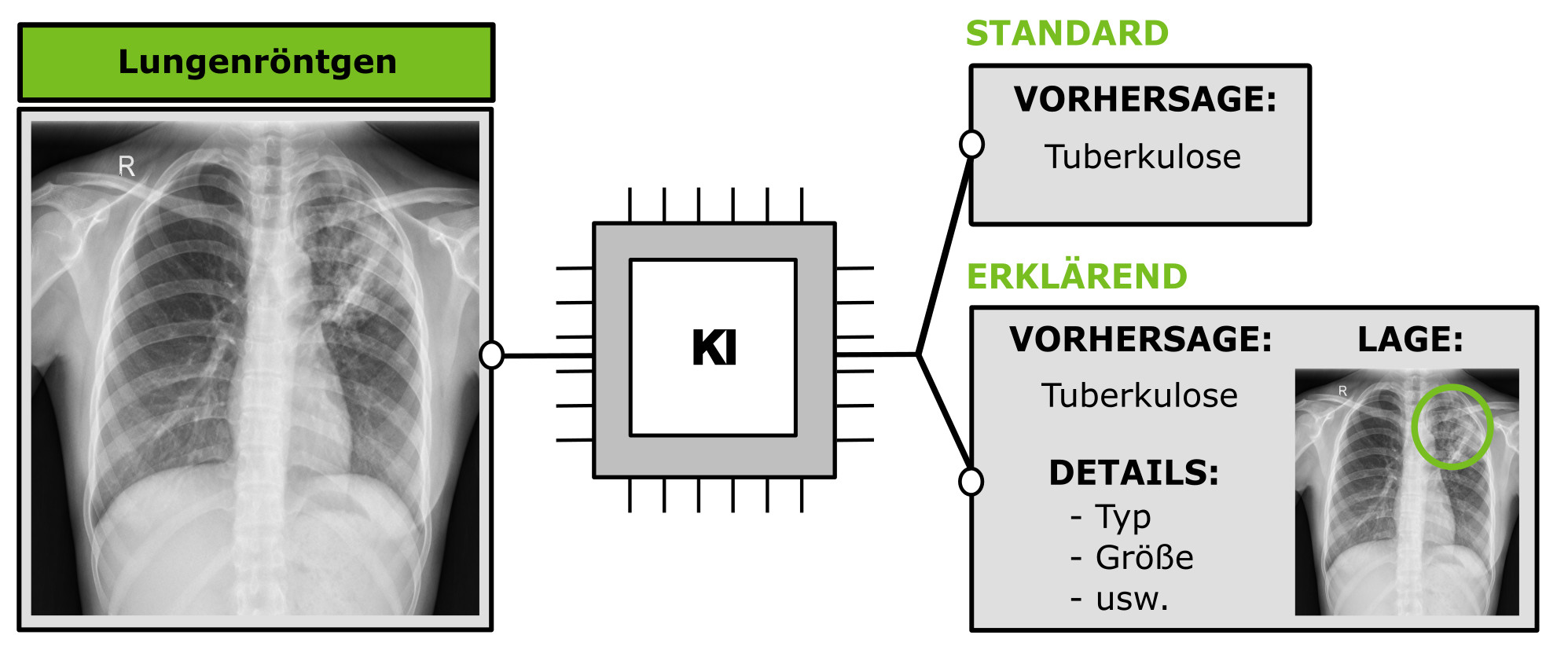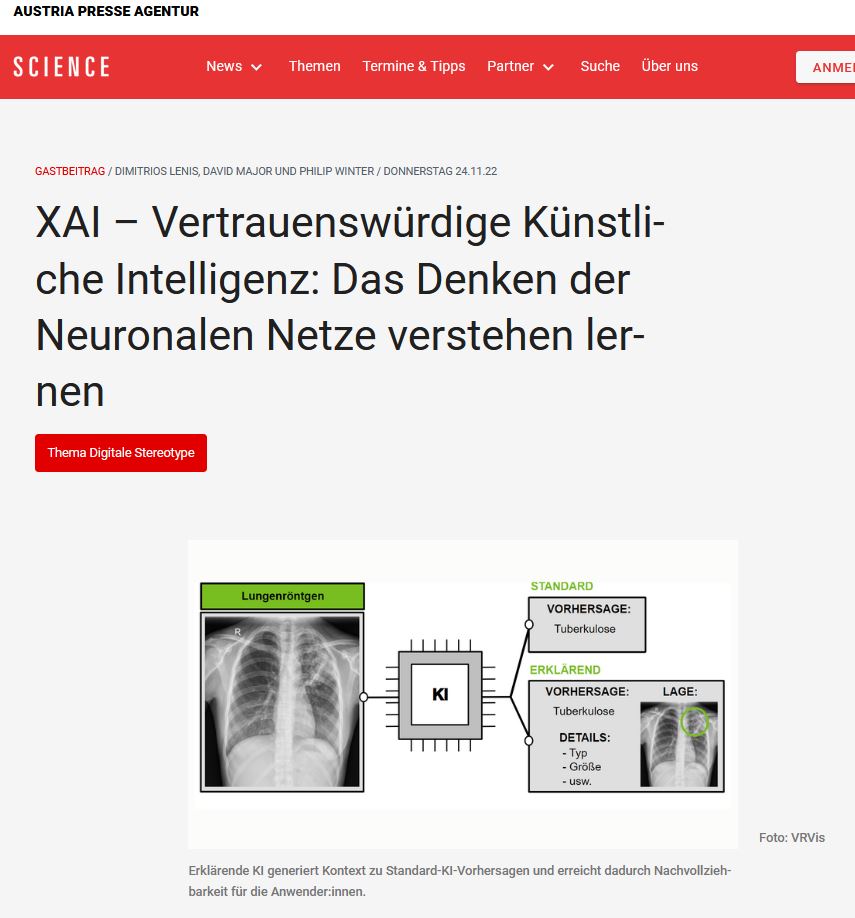
Our portfolio for the complete pipeline for AI supported data analysis

The quality of training data in the context of each application is decisive for the quality of the result. Our experience and the use of elementary data science methods, as well as tools that simplify data annotation by experts, are the basis for preparing a sufficient volume of big data and compiling adequate training sets.

AI solutions are only as good as the data with which they are trained. But good training data is often scarce, sometimes not even available at all or difficult/expensive to obtain. We support our company partners by artificially simulating the necessary data to train neural networks. Synthetic data is secure, anonymized and unbureaucratic. The artificially generated training data sets are characterized by very good data quality and thus help to accelerate innovation processes, for example by greatly reducing time-to-market due to their rapid availability.

We develop deep learning and machine learning technologies in close cooperation with our partners and customers in order to design targeted solutions for processing, analyzing and visualizing large volumes of data, multi-terabyte laser scan data and for analyzing images.

Decisions that are made by machines must remain intelligible, reliable and transparent for humans, particularly in sensitive areas such as medicine or in self-driving vehicles ("ethical AI"). We develop methods that make machine behaviour explainable and consequently provide transparency for complex decisions that are made with the aid of artificial intelligence. Our methods support the evaluation of security and stability of trained networks.
Our research centre has already produced several AI-based applications and patents, as well as high-impact publications in the fields of image analysis and data science, and the areas of application of digital radiology, neuroscience, life science,material science and manufacturing, and digital agriculture.

"Sicherheit in der Unsicherheit - Zuverlässige KI in einer komplexen Welt", in: APA Science (2024)
"Visual Computing und Künstliche Intelligenz als Schlüsseltechnologies für Smart Factories", in: Zukunft Industrie (2023)
"Digitale Landwirtschaft: Kleinstrukturierte Agrarflächen mit Künstlicher Intelligenz im Blick behalten", in: APA Science (2023)
"XAI – Vertrauenswürdige Künstliche Intelligenz: Das Denken der Neuronalen Netze verstehen lernen", in: APA Science (11/2022)
"Was kann AI in der Industrie?", in: Industriemagazin (2022)

Pests and extreme weather affect grain growth and yields. Recording and analysing plant development provides the basis for the prevention of crop losses. VRVis is part of a project consortium developing a platform for agriculture with the aim of using functional imaging data for analysis and teaching skills in training courses.

Due to climate change, extreme weather events are becoming more frequent and new pests are establishing in agriculture. Together with three project partners, VRVis is developing a digital imaging system for plants that combines information from magnetic resonance imaging and positron emission tomography and detects stress symptoms in plants at an early stage.

In the European Digital Innovation Hub "AI5production", 17 renowned scientific institutions have joined forces to support manufacturing companies on their digitalization journey with the help of AI technologies.

Within the framework of “AI for Green”-funded research project develops AI-based solutions aimed at optimizing free satellite data for monitoring agricultural areas of all sizes.

The project REINFORCE researches how reinforcement learning and human-centered visualization methods can be used to solve complex control problems in an efficient, fast, and flexible way.

The research project CognitiveXR focuses on developing a platform that enables cognitive augmentation in the smart city domain by seamlessly integrating augmented reality, edge computing, and artificial intelligence.

The aim of the application project IVC Multi is to research novel intelligent visual computing methods supporting decision-making in automotive industry, medicine, and life sciences based on ensembles of heterogeneous, multi-scale and/or multi-temporal data.

The aim of the project IVC Stream is to research novel visual computing solutions for simulation and measurement data.

This project aims at accelerating and automating image-based decision making with an application focus on medicine, recycling and quality assurance processes in manufacturing.

The strategic project of the area is the organizational and scientific hub for the realization of the area-wide intelligent visual computing approach for analytics and modelling based on ensembles of dense grid-based data, derived data, and digital embedding.

VRVis a founding member of the Austrian BioImaging/CMI, which is a professional consortium of multiple Austrian science institutions and the official Austrian Euro-BioImaging initiative.

The "Mars-DL" project is investigating how a deep learning system can support the research work of planetary scientists through object and pattern recognition. For this project VRVis has extended the functionality of PRo3D to automatically render shatter cone training images.

Visual computing for medicine: image processing solutions for new applications in radiology.

In this project we develop new methods from the field of visual analysis and machine learning to automate the quality control and quality assurance of glass articles.

The long-term vision of this applied research project is to use available data resources to improve image-based diagnostics based on complex data in daily clinical routine.

Visual computing techniques for the automated detection of osteoporosis and osteoarthritis.